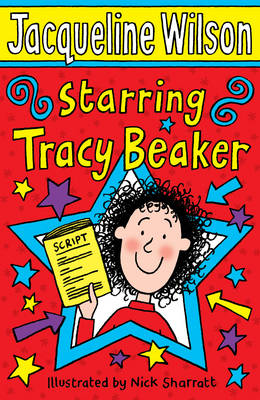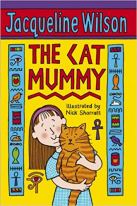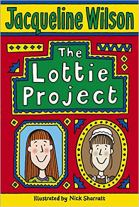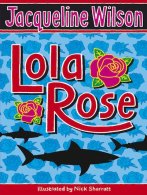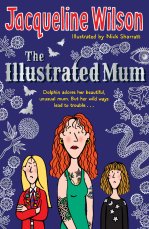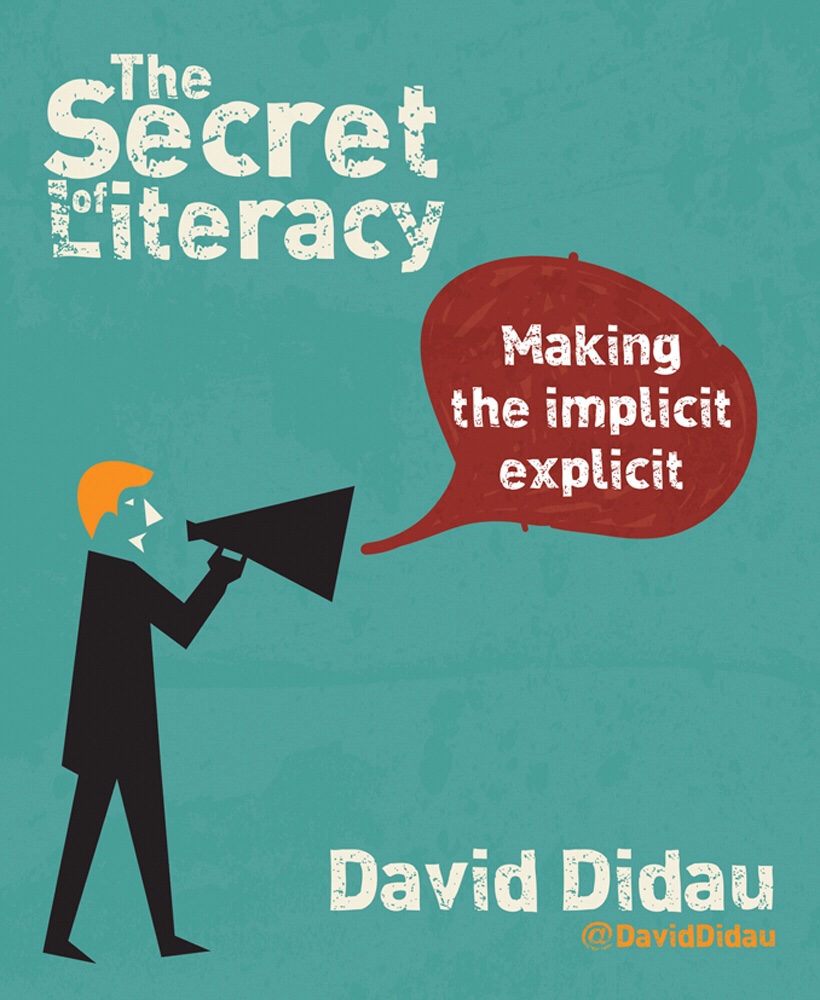I think Myths and Legends provide some of the best writing stimuli out there. They are always slightly crazy and unbelievable, but time and time again they book children in and encourage some of the best writing. Here are four of my favourite books for teaching Myths and Legends:
The Orchard Book of Roman Myths, Geraldine McCaughrean
I first came to this book while searching for books to match with my Romans topic, and I have been enamoured with it ever since. Less well known than Greek Myths (and mostly cribbed from them!!), this book introduces children to the strange world of Roman Myths. It has beautiful illustrations and fantastic language models. My favourite has to be the myth of Erisychthon who was cursed to eat himself to death after chopping down some of Ceres’ sacred trees. Gruesome, yes, but utterly engrossing – or should I say engorging! I think it is out of print now, but I hunted mine down by using Click and Collect. Try here?
Beowulf, Michael Morpugo
Simply, this is a fantastic retelling of a classic story. Broken up into three stories, this is definitely one easy to segment and dip in and out of for different writing topics. Morpugo has obviously adapted and incorporated some of the Old English / Norse textual features (such as kennings and epithets) which I really enjoy, and provide a good jumping off point for teaching. I’m also currently really enjoying his retelling of Sir Gawain and the Green Knight as well! Order here.
The Great Snake, Sean Taylor
I LOVE THIS BOOK! I discovered this when it was left in my classroom cupboard as part of the Amazon topic, and I have absolutely loved reading it and teaching each. Every year, children rave about this book and its incredible stories. My two favourites are The Great Snake and The Curupira – trust me when I say the stories sound mad but they are incredible. Just find it and treasure it forever! Unfortunately, it seems out of print – I hunted mine down from the US so it wasn’t too expensive. Try here or here!
Norse Myths: Tales of Odin, Thor and Loki, Kevin Crossely-Holland
This book is so beautifully illustrated that it is worth having just for that! It has the most incredible and artistic illustrations to accompany the different tales from Norse mythology. What I really like about this book, however, is that it uses the first few pages to introduce the nature of myths and the key players. I think that it makes it really clear and accessible for children, and is definitely engaging. Would work really well with Arthur and the Golden Rope to create links and further flesh out the mythos. Enjoy!
These are all fantastic books for writing units, and also just read alouds for children in KS1 and KS2. Let me know if you’d be interested in more detail about how I plan writing around a text!




